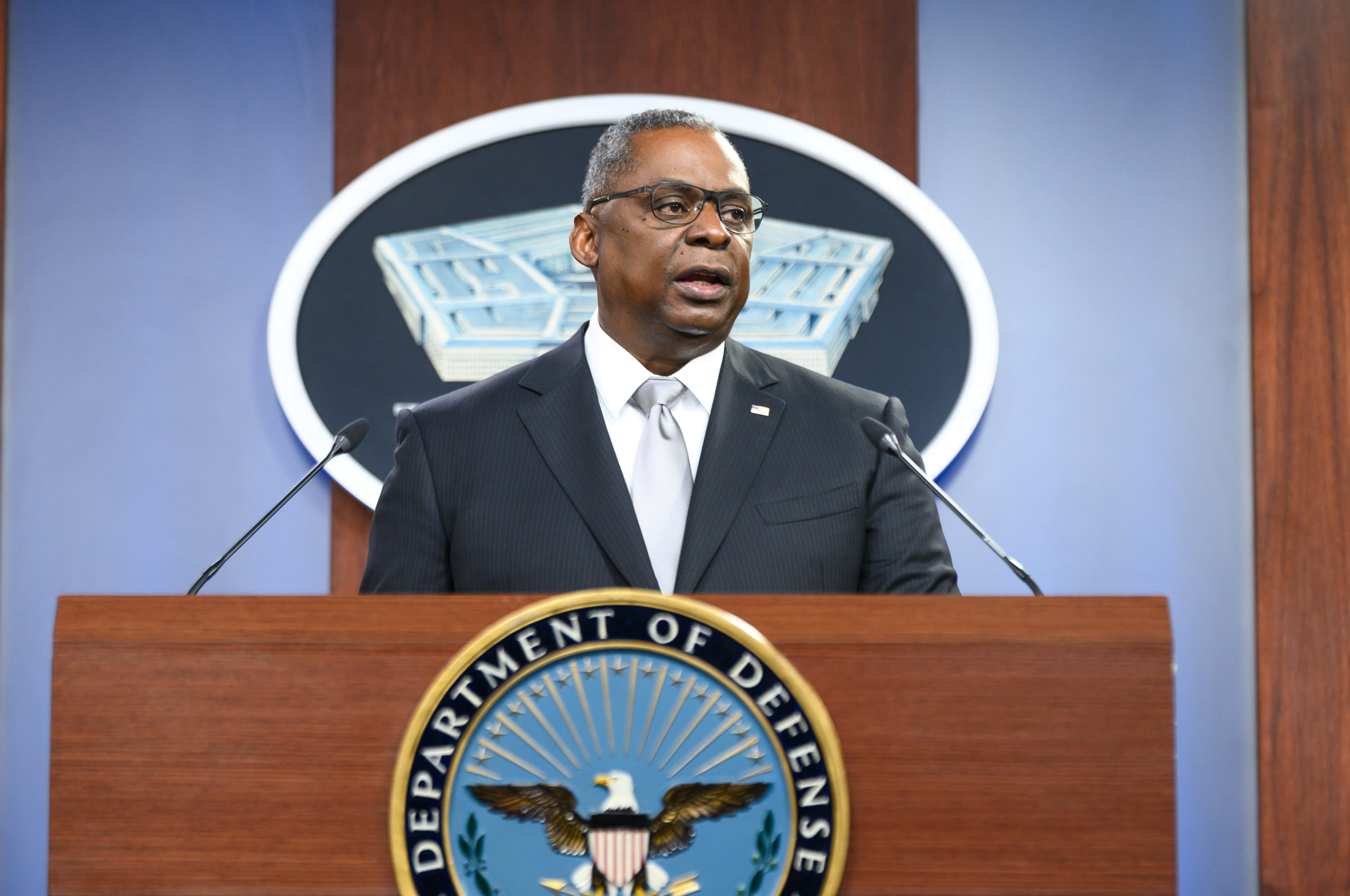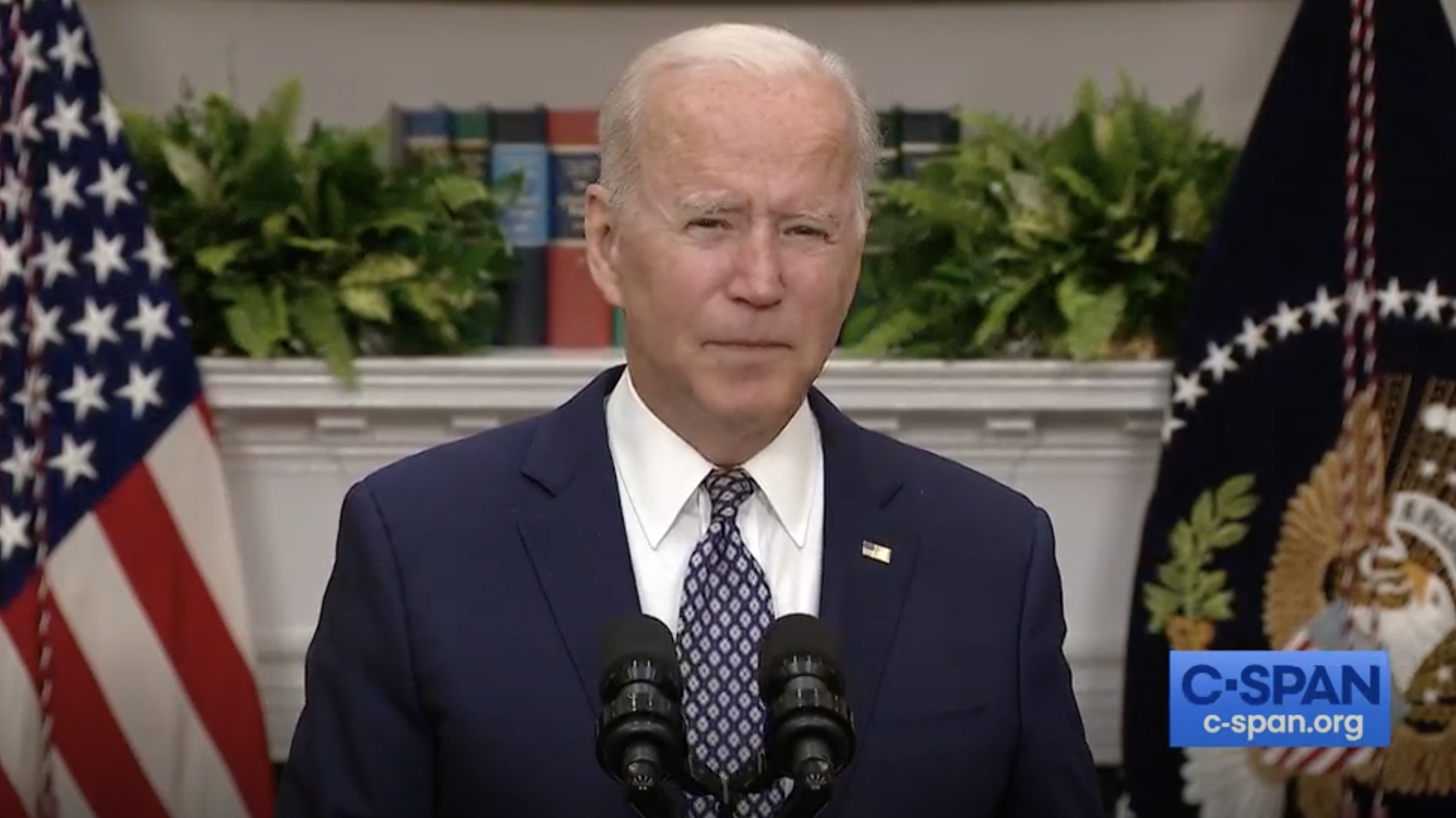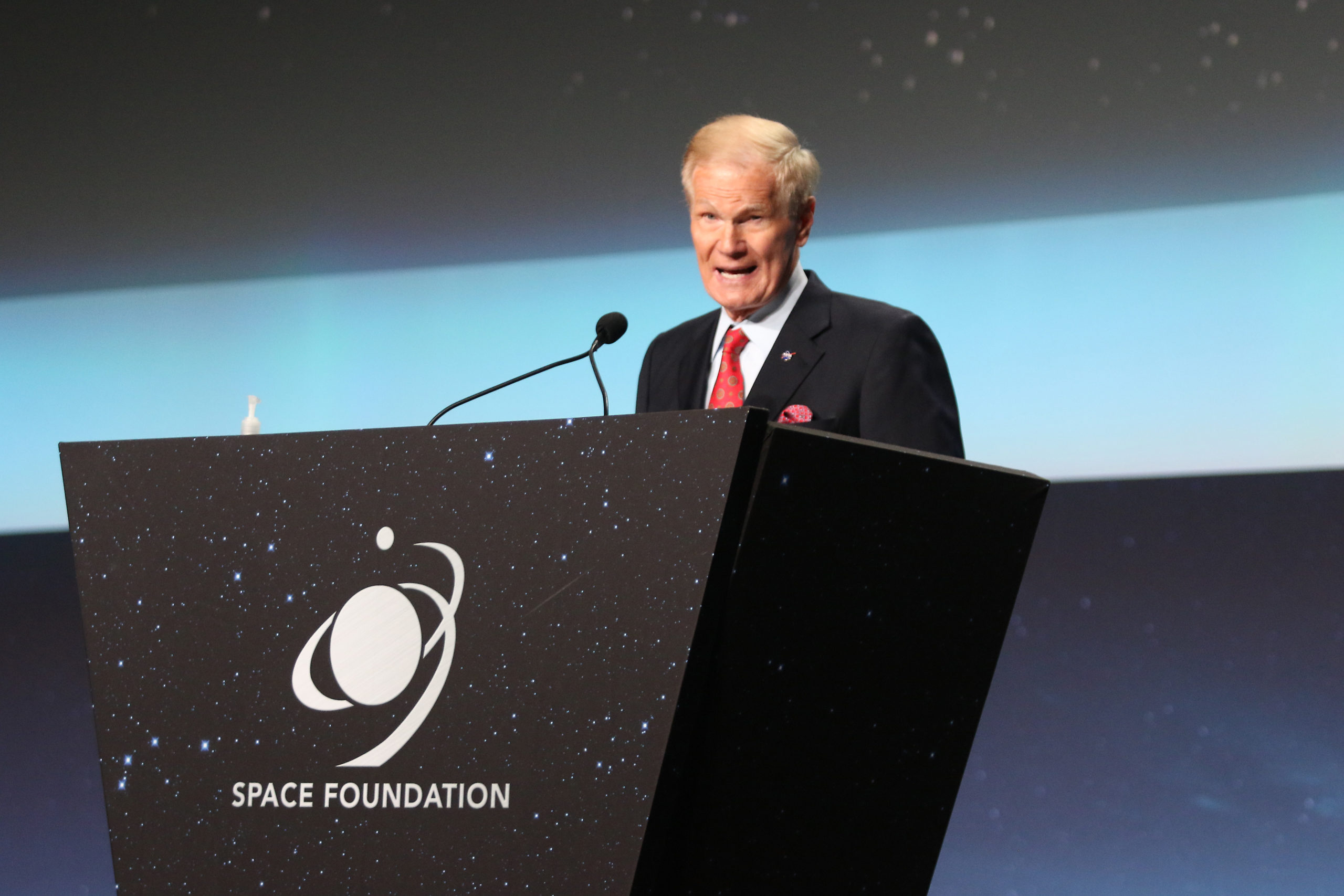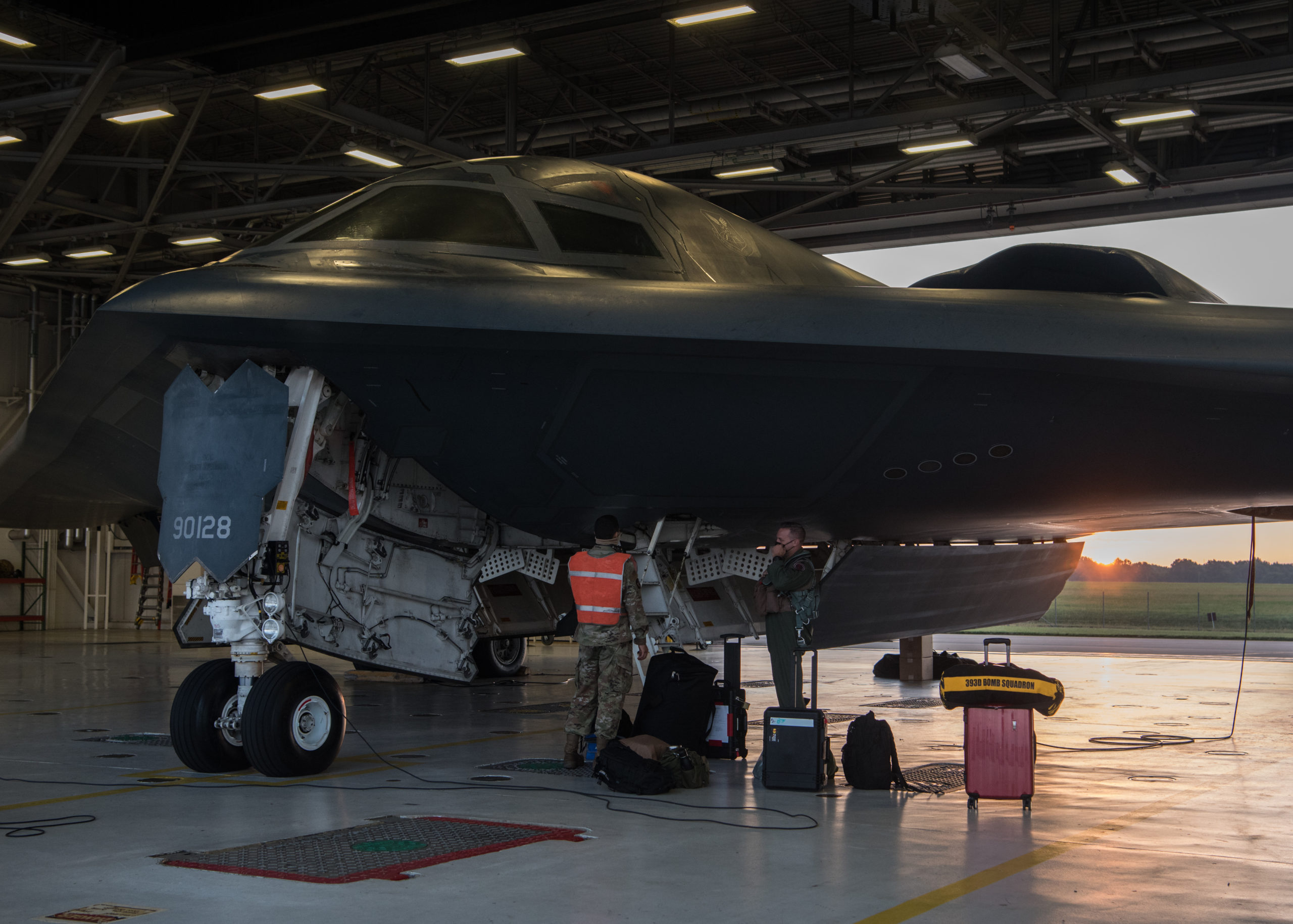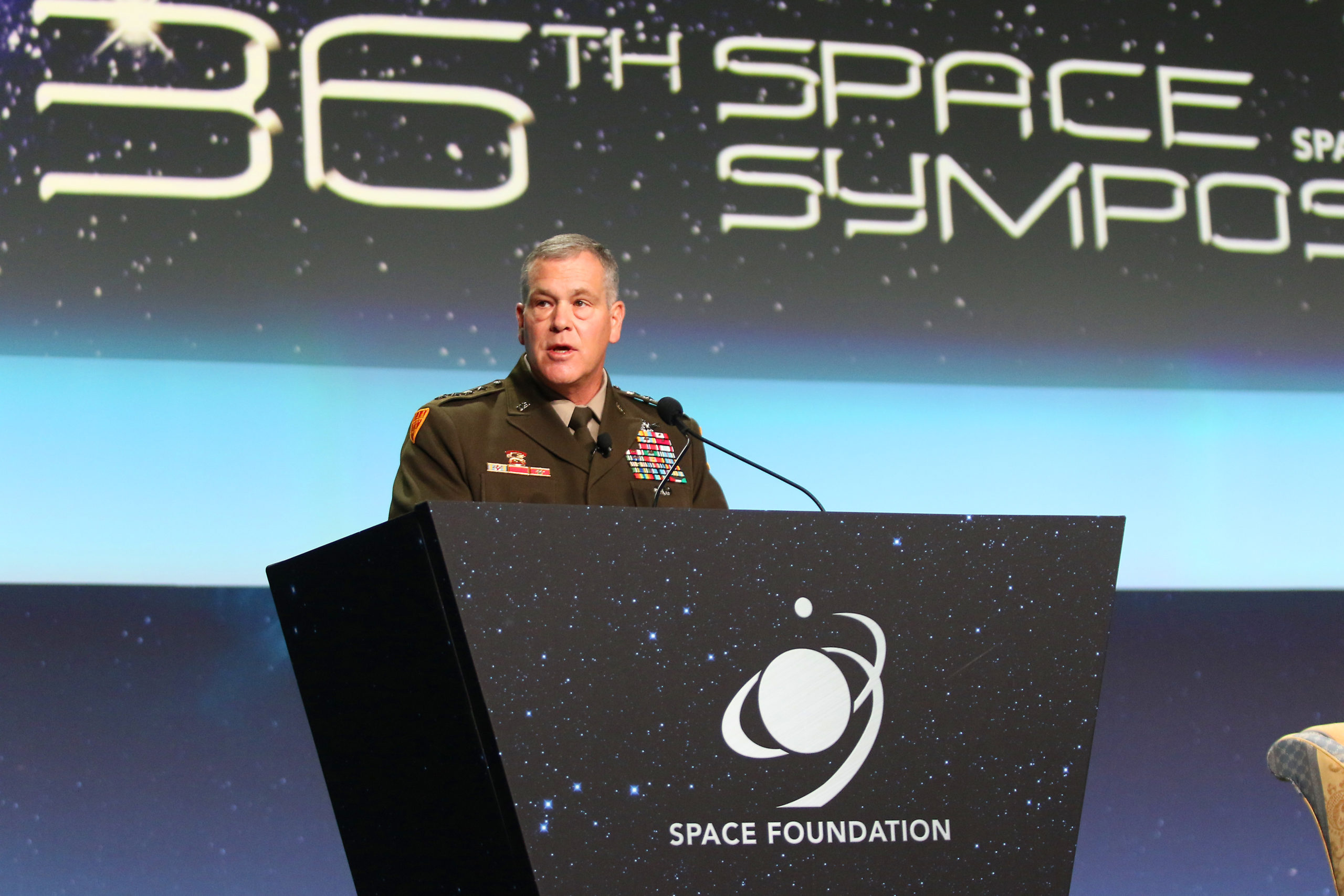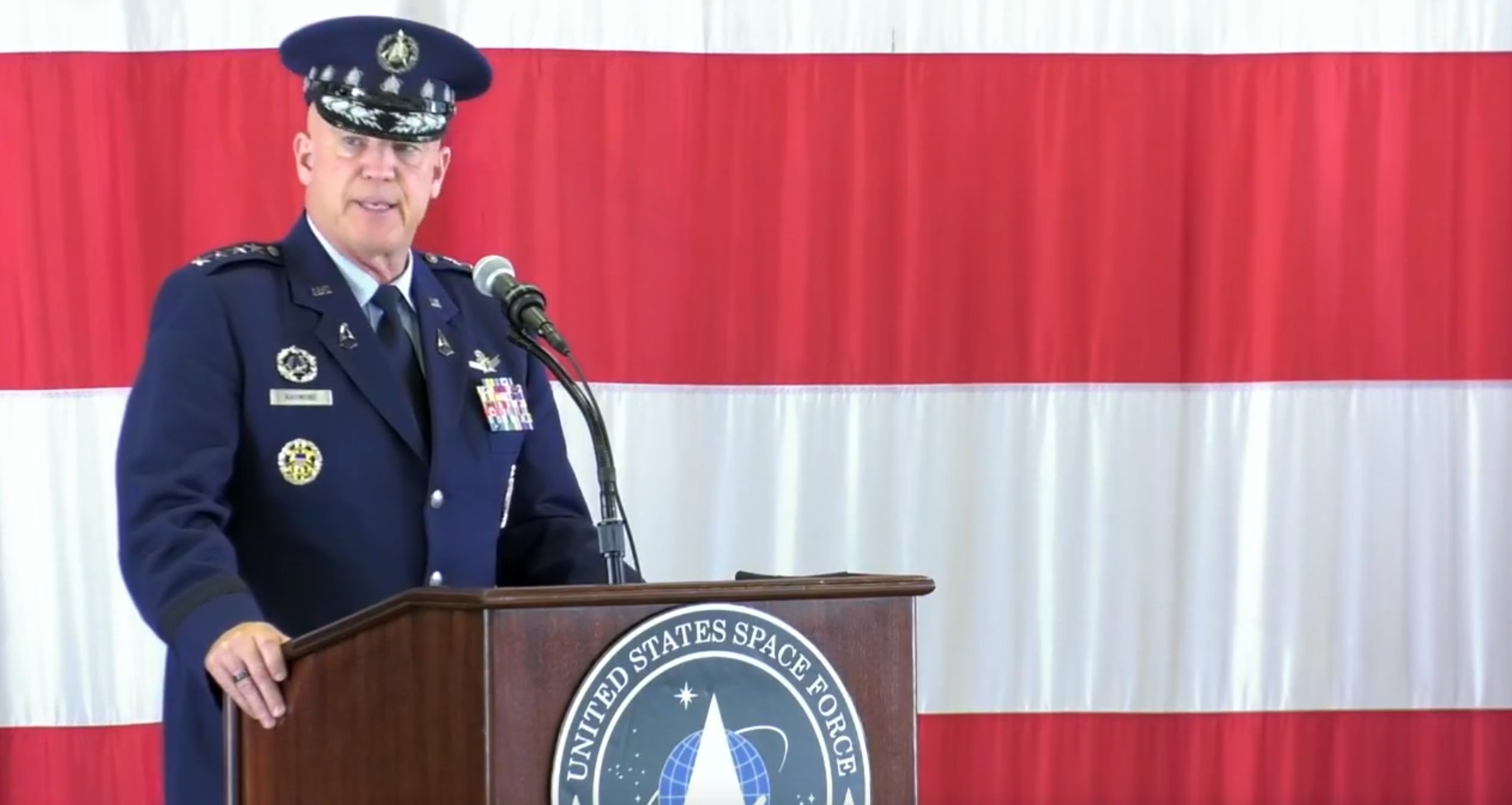Retired Lt. Gen. Robert D. Springer, former vice commander of Military Airlift Command and a driving force in the creation of the United States Air Force Memorial, died Aug. 19 at the age of 88.
Springer entered the Air Force in 1952. He earned navigator wings and served in B-29s before becoming a pilot in 1958, assigned initially to KC-97 tankers. He later switched to C-130s and served in Southeast Asia from 1965-1966, both as an intelligence officer and pilot. There he flew 72 combat missions, earning the Distinguished Flying Cross and the Bronze Star, among many other decorations.
Among his staff assignments and field commands in tactical airlift, he headed the Air Force Manpower and Personnel Center, commanded 21st Air Force at McGuire Air Force Base, N.J., served as Air Force Inspector General, and in his last post was vice commander of MAC. He received both a bachelor’s and master’s degree from George Washington University, in social science and international affairs, respectively. Springer retired in 1988.
After his retirement, Springer served as president of NovaLogic Systems from 1999-2007 and president of Bsone, Inc. from 1999 to 2013. He and his wife Bonnie Springer also worked closely with the Arnold Air Society, the ROTC-oriented branch of the Air Force Association, and Angel Flight (now Silver Wings), a sister organization focused on community service and aerospace education. He was also highly active in AFA, as president of the Aerospace Education Foundation from 1992-1994, and was a senior vice president of the Airlift/Tanker Association from 1989-1994.
In 1992, Springer was tapped by the AFA to serve as the first executive director of the Air Force Memorial Foundation, seeing the project through its origins and change of location and design to its present site and configuration. Springer recruited corporate leaders to lend their expertise, influence, and fundraising skills to the campaign, and formed alliances to pursue the project with other USAF-oriented organizations, such as the Air Force Sergeants Association.
“Bob led us through the Legislation, Capital Planning Commission, the Commission of Fine Arts, and a multitude of challenges confronting our mission,” said Thomas McKee, former chairman of the Board of AFA. The task was daunting, he said, because a legislative time limit allowed only seven years to raise funds and get construction underway.
The initial site of the memorial, near the Marine Corps Iwo Jima monument in Arlington, Va., was challenged by various local groups and the Marine Corps itself. Although the Foundation consistently won legal challenges to the planned location, Springer helped broker a deal in 2001 to secure a new and superior site overlooking the Pentagon, which drove a new design for the Memorial.
Springer worked with the Pei Cobb Freed architecture firm, and James Ingo Freed, who re-designed the Memorial for its new situation.
“The ‘Spires’ were immediately recognized as outstanding, and the right design for the right location,” McKee said. Springer helped AFA choose his successor, and was an honored guest at the Oct. 14, 2006 dedication of the memorial presided over by President George W. Bush; coincidentally, the 54th anniversary of Springer’s enlistment as an Airman Basic. He later served on the Air Force Memorial advisory committee as its chairman.
“Bob Springer literally got the Air Force Memorial off the ground, and soaring into the Washington, D.C. skyline,” said AFA President, retired Lt. Gen. Bruce “Orville” Wright. “The memorial reminds us of the selfless courage and commitment of our Airmen, Guardians, and their families, and Bob’s commitment and devotion was essential in making this iconic landmark a reality.”

